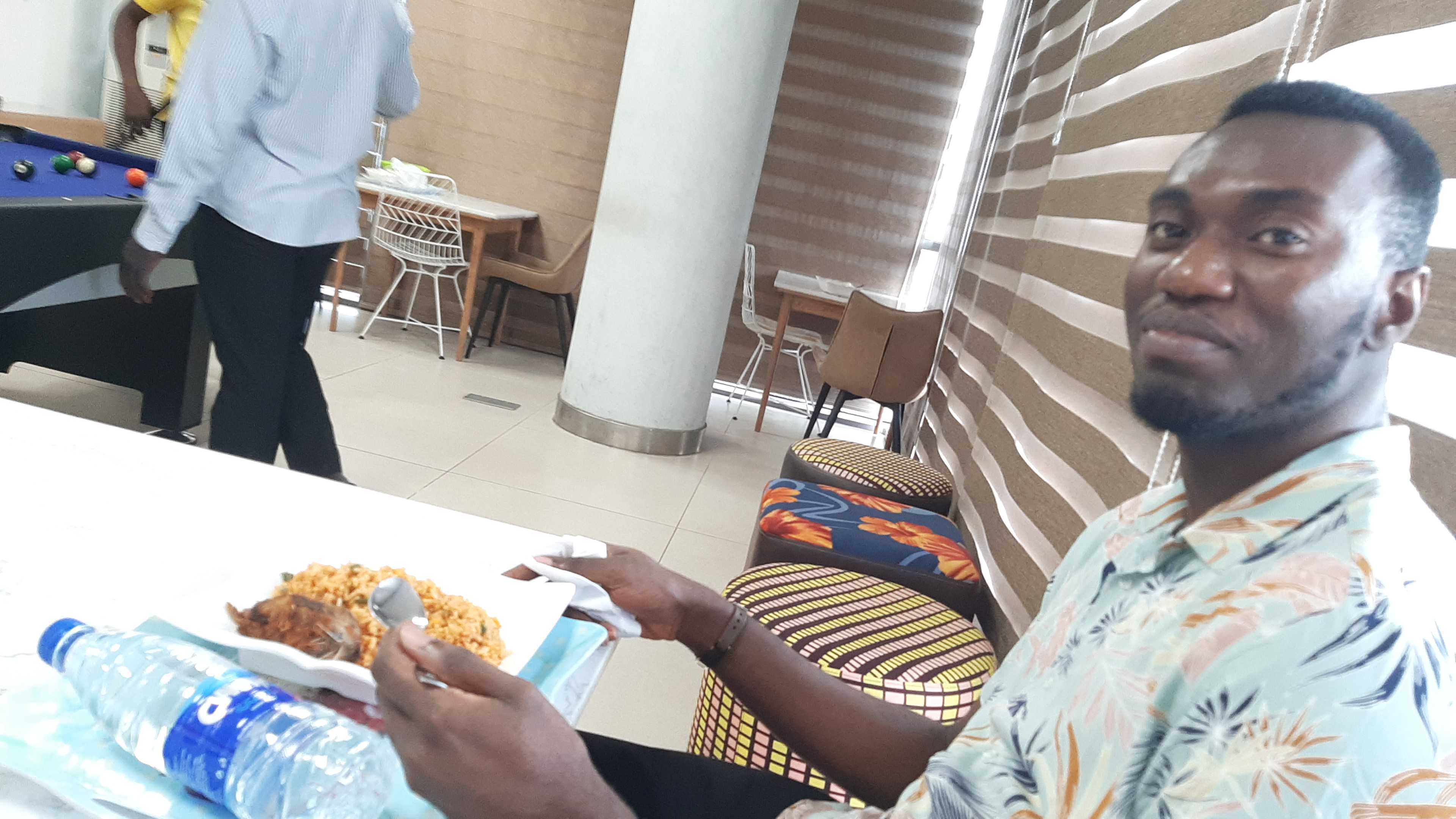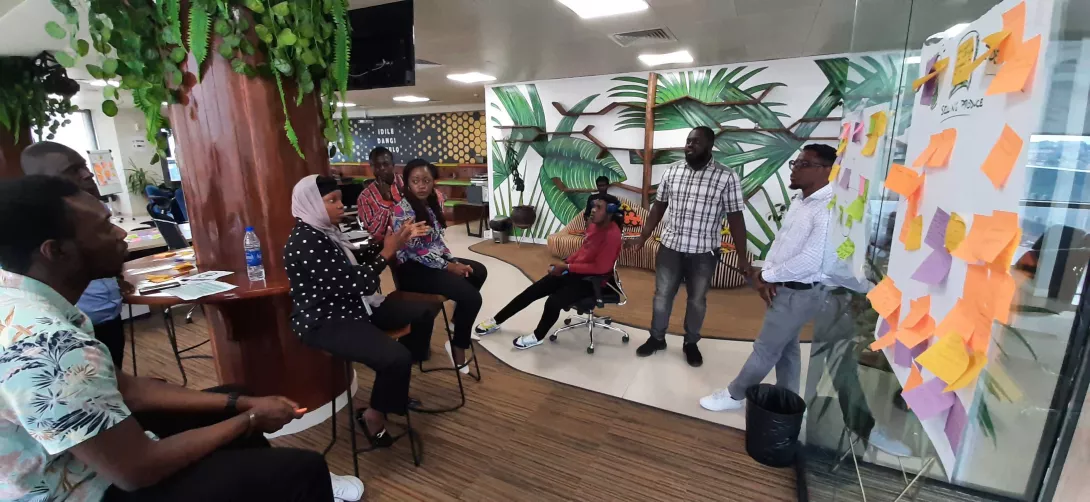
Last week our team in Lagos, Nigeria ran a Product Iteration Workshop (or PIW) for GSMA and Agromall, one of the leading agriculture and tech (agritech) companies in Africa. We wanted to take this occasion to walk you through our process and learnings. As you can imagine, for confidentiality reasons, we will not be able to share much about the product itself.
So what’s a PIW?
A PIW is a kind of design sprint, spread over 3 to 4 days. However, the main difference is that you have to do a lot of research ahead and use existing data from various sources to come up with product/service improvements and a feature list. Second major difference with a design sprint, since you did the prototyping and testing ahead, is you don't have to do it again here.
So here is the process and tools we used:
Before the workshop
2 weeks to prototype/design the UI of 2 new apps based on existing feedback
1-2 weeks of UX research preparation: define the relevant target groups, define the apps and journey to be tested, recruit participants, schedule the tests
5 days of Prototype Testing: we did remote user tests with young, tech-savvy persons interested in farming. They were coming from various regions in Nigeria and were a mix of existing users of the app and new users.
2 days of synthesis using affinity mapping and user journey mapping on Miro
In the meantime, the Agromall and GSMA teams prepared summary presentations and key takeaways from the other source of data: surveys (400 participants in 2 regions), product analytics/BI, and diary testing (5 groups of 5-6 users in various regions)
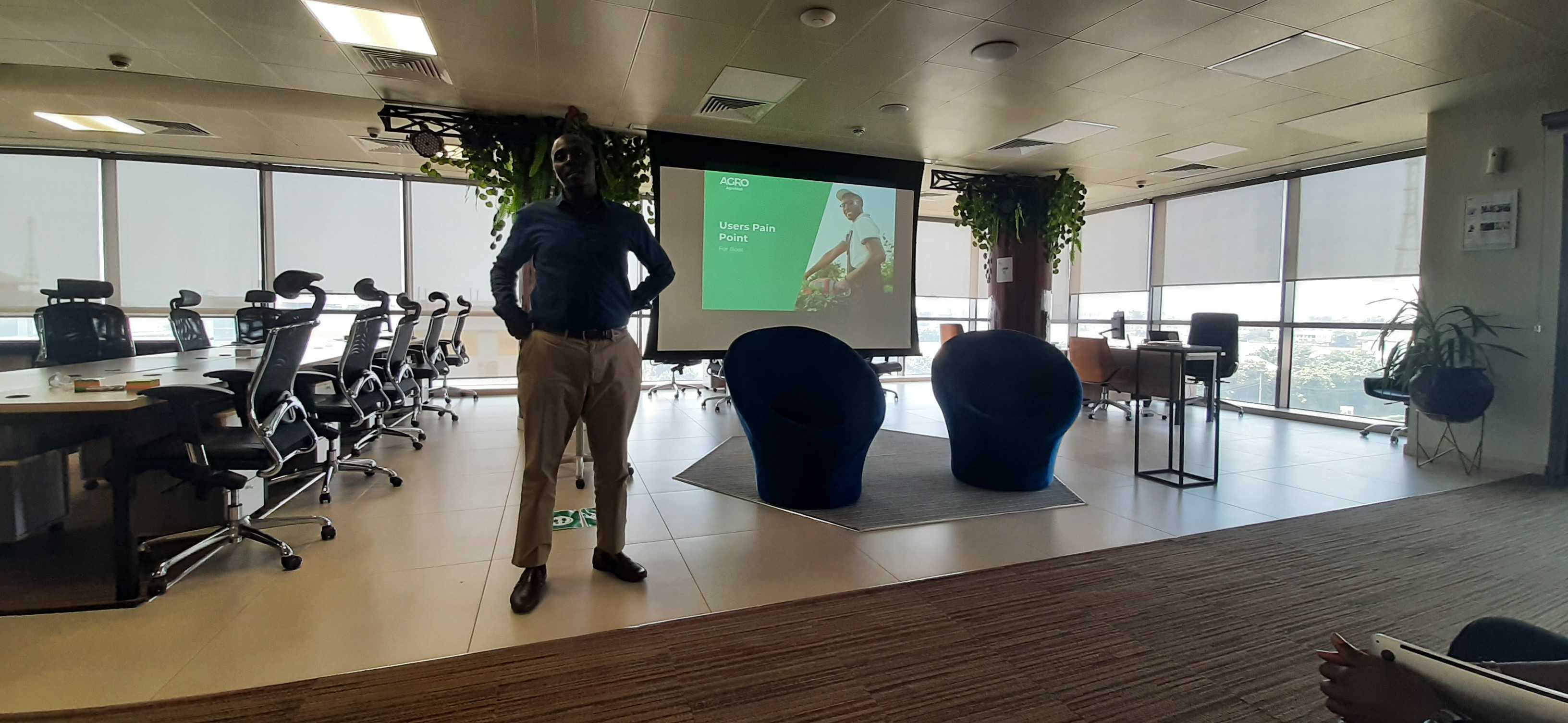
During the workshop
Data sharing and Q&A on all the various types of insights gathered
Future looking/prospective workshop using the Mandala framework - it’s such a great exercise to look 1, 2, and 5 years ahead and imagine what’s going to come in terms of technologies, usages, and market.
Ideation and opportunity generation based on the research insights
Prioritization of the most relevant opportunity areas
Features Ideation again on the 3 main opportunities areas
New service blueprint creation on the 3 opportunities. This tool is great to help you not only map the ideal user journey but make sure you envision all the actions and tasks that need to happen backstage (ops or system) and also the features for each step of the journey.
New wireframes and user flow design
Wrap up and summary of key learnings and next steps for the team
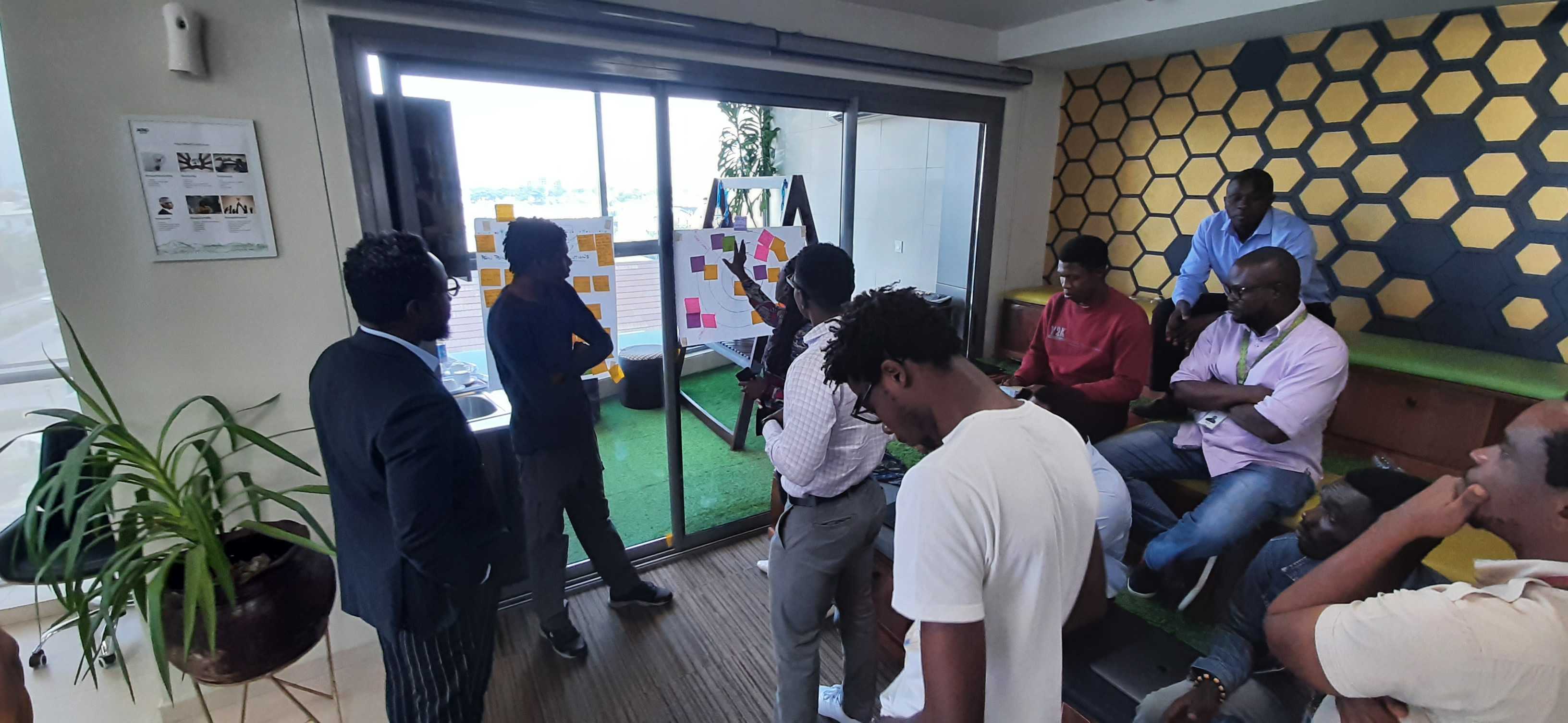
After the workshop
Creation of cleaned-up Miro board with the main elements worked during the onsite workshop
Creation of a google slide report for the top management that they can comment and update, notably in terms of implementation plan. Follow-up implementation calls done afterward with the GSMA team
Update of the prototypes/UI and handover of the Figma files to the product team
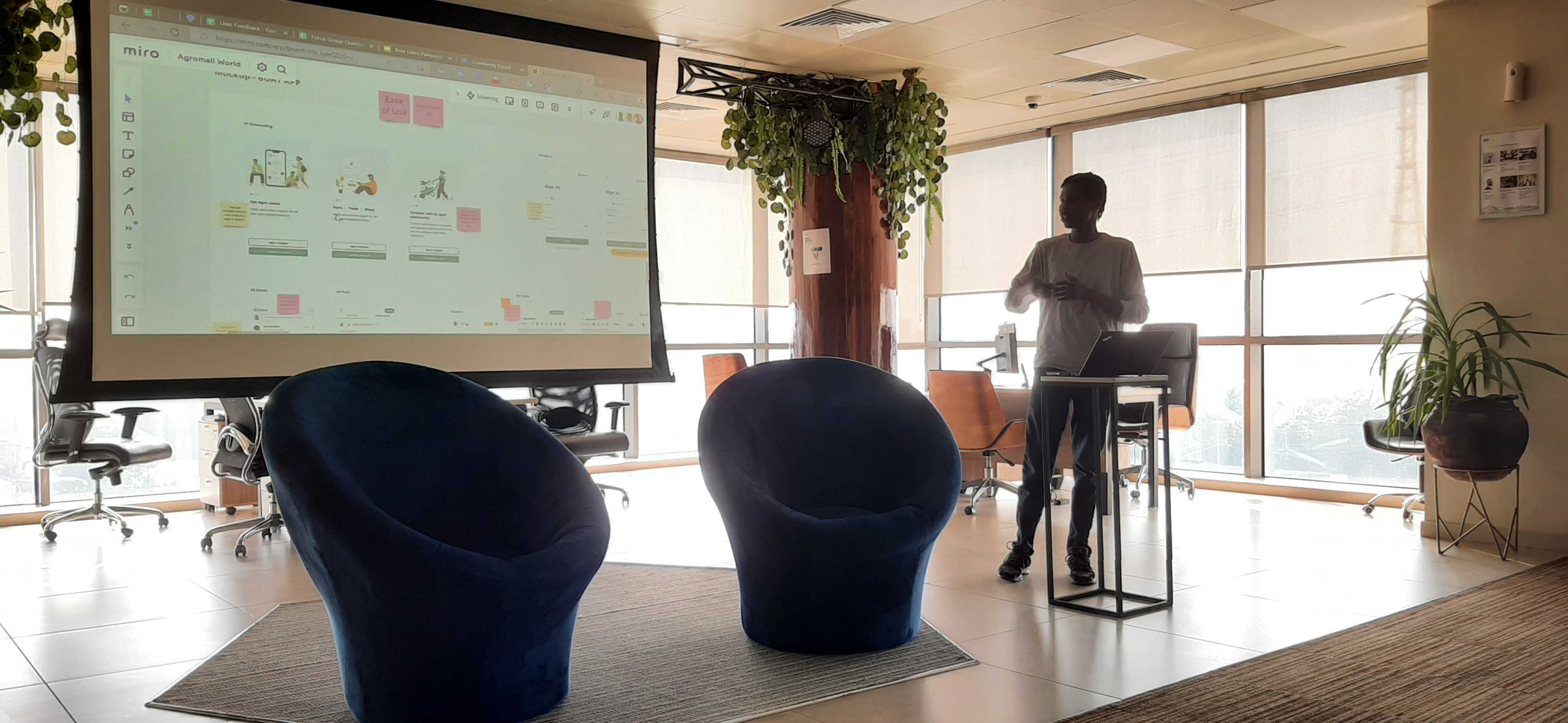
Key Learnings
The data gathering aspect of the PIW is the most difficult one: you not only need to have recent data, but you need to have data sets that could be consistent in terms of segments between your analytics, surveys, and user tests - that’s actually very hard to do.
The future-looking exercise was very successful in helping the product/tech team go out of the daily delivery pressure and see the long-term opportunity and challenges that lie in front of them. Having the CEO during this session was also very inspiring for the team.
Facilitating a workshop with a dozen of very talented and opinionated people is very exciting as a facilitator, but also requires a lot of soft skills, personality, and time tracking to bring the team back on track sometimes.
Once again, even if a senior person (like me in this case) coming from another country is valuable to bring facilitation and sector (agritech) knowledge, you can not gather and share relevant UX insights if you do not have a team of talented local UX researchers and designers with you. Big up to Damilola and Johnson!
Agritech and fintech worlds are merging faster than everyone thinks, proceeding huge opportunities for financial inclusion and more revenues for farmers - it’s fascinating; but grasping the variety of user behaviors in rural areas is a tough challenge for which only continuous/iterative research can work
At the risk of losing some friends and partners, I like the Senegalese version of the Djolof rice (Thieb bu djen) better than the Nigerian one!
